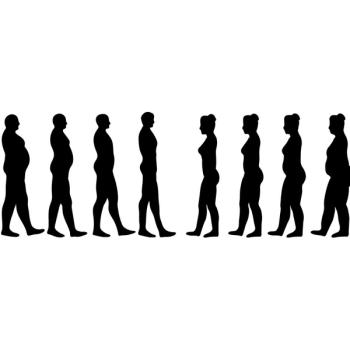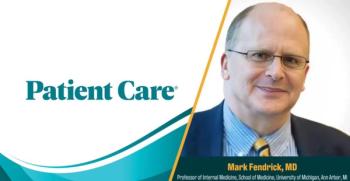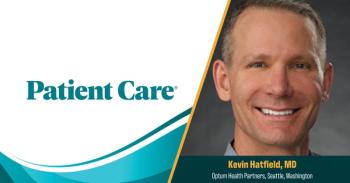
Drug Benefit Trends
- Drug Benefit Trends Vol 22 No 4
- Volume 22
- Issue 4
Medical Costs Higher for Children With Sickle Cell Disease
Children with sickle cell disease (SCD) were shown to have annual medical costs of $9369 (Medicaid) and $13,469 (private insurance), which is significantly higher than that for children without SCD, according to a study led by Djesika D. Amendah, PhD, an economist at the CDC.1 SCD in children resulted in total medical costs of at least $335 million per year in the United States in 2005.
Children with sickle cell disease (SCD) were shown to have annual medical costs of $9369 (Medicaid) and $13,469 (private insurance), which is significantly higher than that for children without SCD,
according to a study led by Djesika D. Amendah, PhD, an economist at the CDC.1 SCD in children resulted in total medical costs of at least $335 million per year in the United States in 2005.
Children with SCD enrolled in Medicaid were shown to have lower medical costs than those with private insurance ($14,722, private insurance; $11,075, Medicaid [
References:
Reference
1. Amendah DD, Mvundura M, Kavanagh PL, et al. Sickle cell disease-related pediatric medical expenditures in the US. Am J Prev Med. 2010;38(suppl 4):S550-S556.
Articles in this issue
over 15 years ago
Approved Treatments for Osteoporosis and What’s in the Pipelineover 15 years ago
Billions of Dollars Are Wasted From Poor Medication-Taking Behaviorsover 15 years ago
IT Investments Save VA Billionsover 15 years ago
Progress Lags in Infection Prevention and Health Disparitiesover 15 years ago
High Health Care Utilization and Costs in Patients With Fibromyalgiaover 15 years ago
Health Care Reform and the Role of Managed Care Pharmacistsover 15 years ago
Electronic Prescribing Increases Generic and Formulary Drug Useover 15 years ago
Women More Likely to Seek Health Data OnlineNewsletter
Enhance your clinical practice with the Patient Care newsletter, offering the latest evidence-based guidelines, diagnostic insights, and treatment strategies for primary care physicians.
















































































































































































































































































